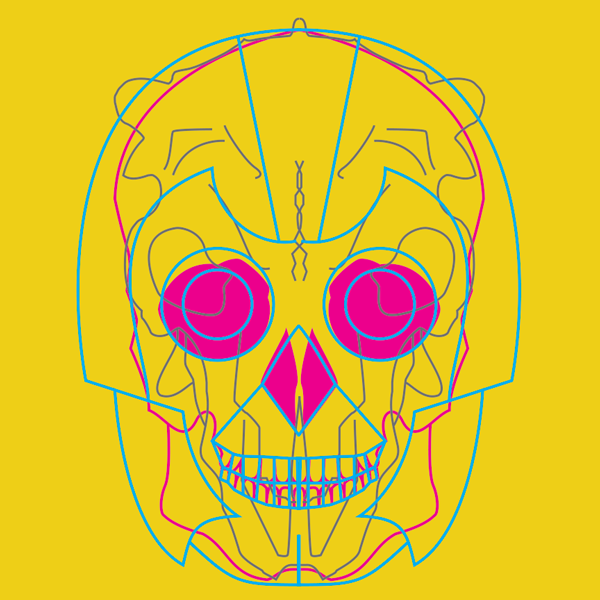Parallel Universe Toys – 013123
This is a newsletter by Christian Sager that comes out every other Tuesday. In it I attempt to make sense of the chaos of the world. I try to sort that information along the model of Maslow's Hierarchy of Needs. This issue I write about cafeteria vegetables, artificial intelligence art, live music, and podcasting numbers.
This might be the last of these I send for awhile. Some personal things have come up that require my attention instead of writing this.
Physiology
Anyone who’s been around me for meals knows that I eat like a raccoon. Yes, I’m a vegetarian. But I’m not particularly good about consuming a healthy diet otherwise. “Put the food in the mouth hole,” as Maria Bamford says. Whatever’s in front of me, I inhale quickly, spinning it around in my little paws.
So when the cafeteria food at my workplace got significantly better when they hired a new food director I started hitting it up around 2-3 days a week. It’s become a source of comfort in an otherwise dreary Portland winter. Not only do they have several vegetarian options every day, but the menu itself is changing how I think about food. I may even start adapting it into how I cook at home.
I’ve been enjoying some simple recipes for leeks, roasted potatoes, broccoli, sautéed mushrooms, zucchini, brussel sprouts, summer squash, red onions, asparagus, and more. You don’t have to do a lot to make these tasty, but instead of buying and cooking produce I’m more likely to get something frozen, processed and full of sodium. Maybe this will turn my shopping and eating habits around.
Security
It’s time to come clean about something that may piss off some of my readers. For the last month I’ve been playing around with an artificial intelligence art generator called Midjourney. After seeing several examples of people using it to produce fantastical photorealistic images, I started generating photo references with it for the book I’m working on.
In the last few months I’ve seen many of my friends who are artists or educators express panic or protest over AI. Academics are nervous that students will use ChatGPT to write their term papers. And, rightfully so, many artists are concerned over AI art stealing their style.
But I gave Midjourney $10.00 anyway.
It would be unfair for me to say I don’t have a strong opinion about the ethics of AI. Clearly I’ve already voted with my dollar. Still, I’m not prepared to write an argument either for or against AI art. Instead, I’d like to use this space to think through the complexity of this new technology.
You may be unfamiliar with AI art and the arguments against it. I’ll try to quickly summarize. There seem to be three reasons (so far) to protest AI art.
First, when you upload a real person’s likeness into one of them, there’s a likelihood that their licensing agreement gives the platform owners the rights to that data. This could be a privacy violation, especially when combined with facial recognition technology. I’m running into this at work right now as we’re exploring digital asset management (DAM) systems for the university’s photography. Some vendors proudly demonstrate their software’s ability to automatically sort and categorize images once it learns to recognize a specific individual’s face. Others have told us they refuse to enable this capability because they’re conscious of the ethical concerns.
Another argument against these tools is that they’re trained on both the male gaze and eurocentric valuation. Often they’ll put subjects in sexualized poses, whitening their skin and anglicizing their features. I noticed this myself when I attempted to generate images of one of my book’s characters, who is transgender. Midjourney had difficulty with that prompt and how to render facial features outside of binary gender.
The last argument against these applications is about the theft of artistic style without consent or attribution. Most AI art software learns its patterns from a huge database of publicly available internet images. So if you prompt it to draw something in the style of someone like Bill Sienkiewicz, it will lean toward his use of scratchy lines, abstraction and collage. There’s even a pending lawsuit filed against these companies, including a plaintiff artist whose work I’ve purchased before named Kelly McKernan.
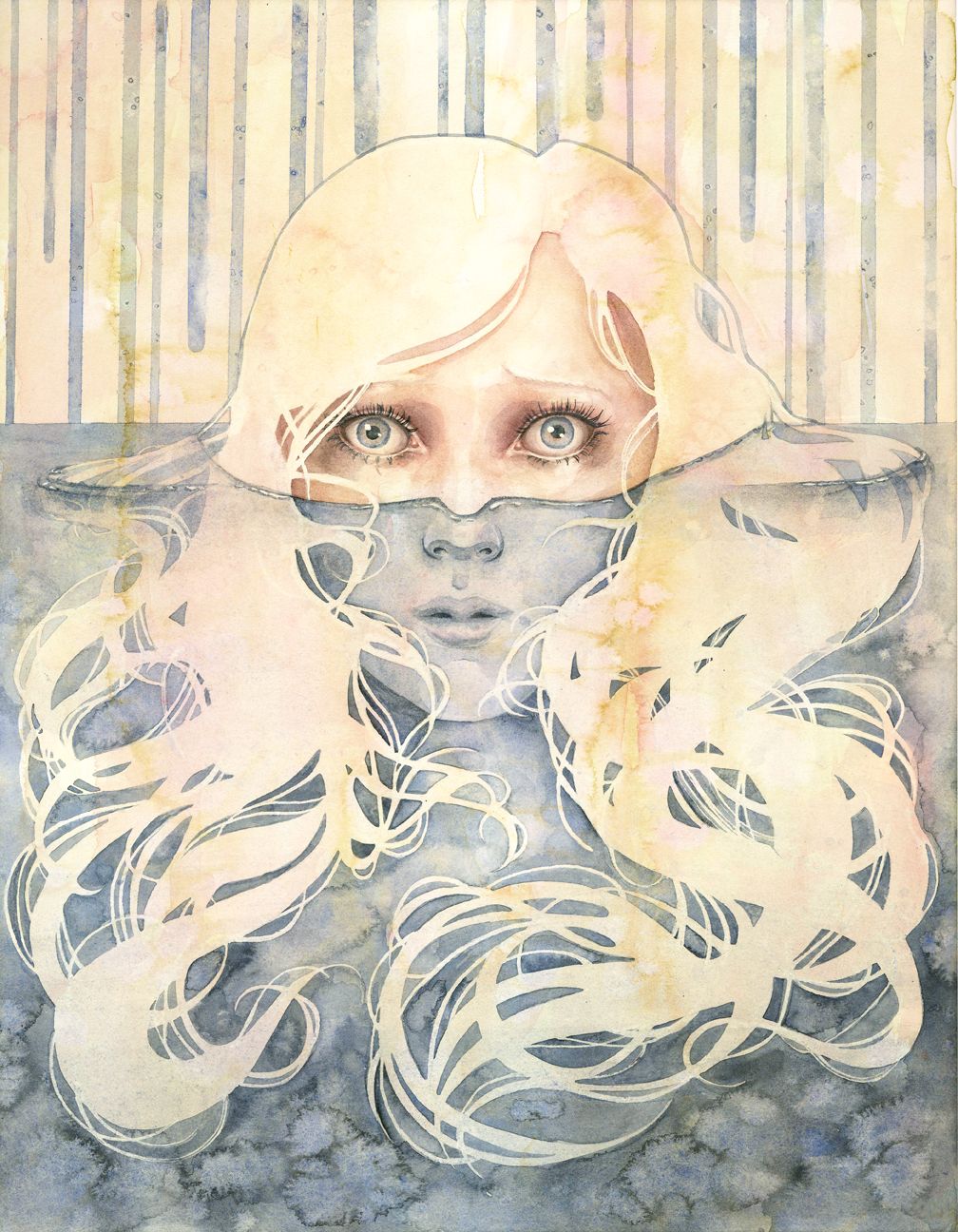
I’m not going to share what I’ve generated in Midjourney here. That’s not the point of it for me. I use the “photos” Midjourney creates as reference for my writing, similar to the Pinterest boards I’ve used in the past. So far I’ve got folders for my six main characters, the spaceship they live inside and the monsters they face in the story. What I’ve seen has been very helpful for how I write about lighting, textiles, hairstyles, fashion, architecture, and texture.
I’m careful not to prompt Midjourney with specific artists, but it’s still probably pulling its reference from some photography archive. The closest I’ve come is adding a director’s name, like “David Lynch” or “Tobe Hooper” to a query. This seems to affect costumes, how the character is framed and what color palette or filter is applied. I’ve also used public figures for prompts, like “Karen Black mixed with Vanessa Kirby.” This is where the valley is at its most uncanny. The jawline, lips, eyebrows and facial creases are exactly what I had in my head. Oftentimes they’re better.
I first got the idea from my friend Robert Lamb. He's been using Midjourney as a writing exercise to "chronicle VHS Tapes from another world." Here are some of my favorite examples from his alternate universe: Klaus in the Haus, She-Borg, and Monster Hands.
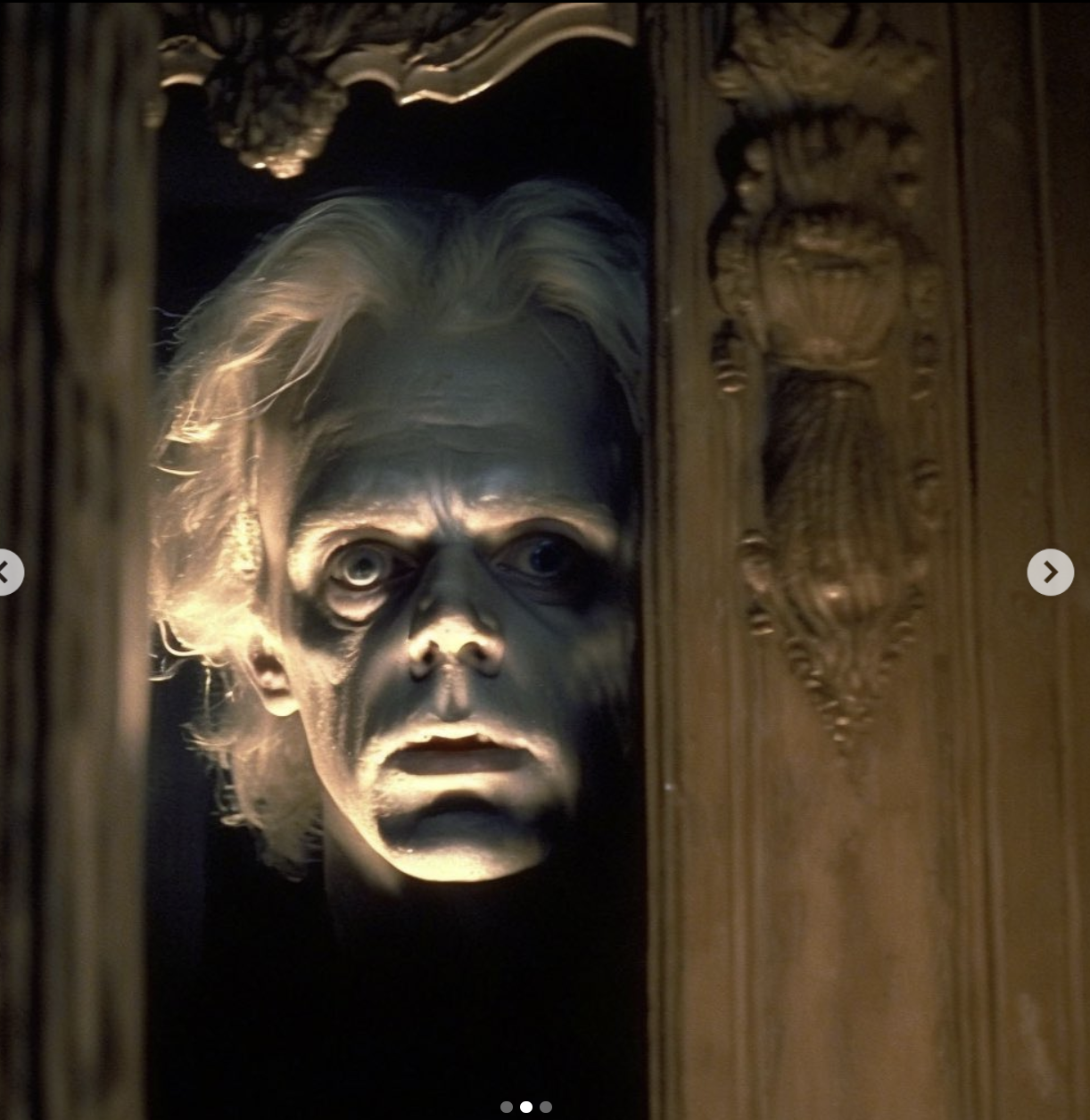
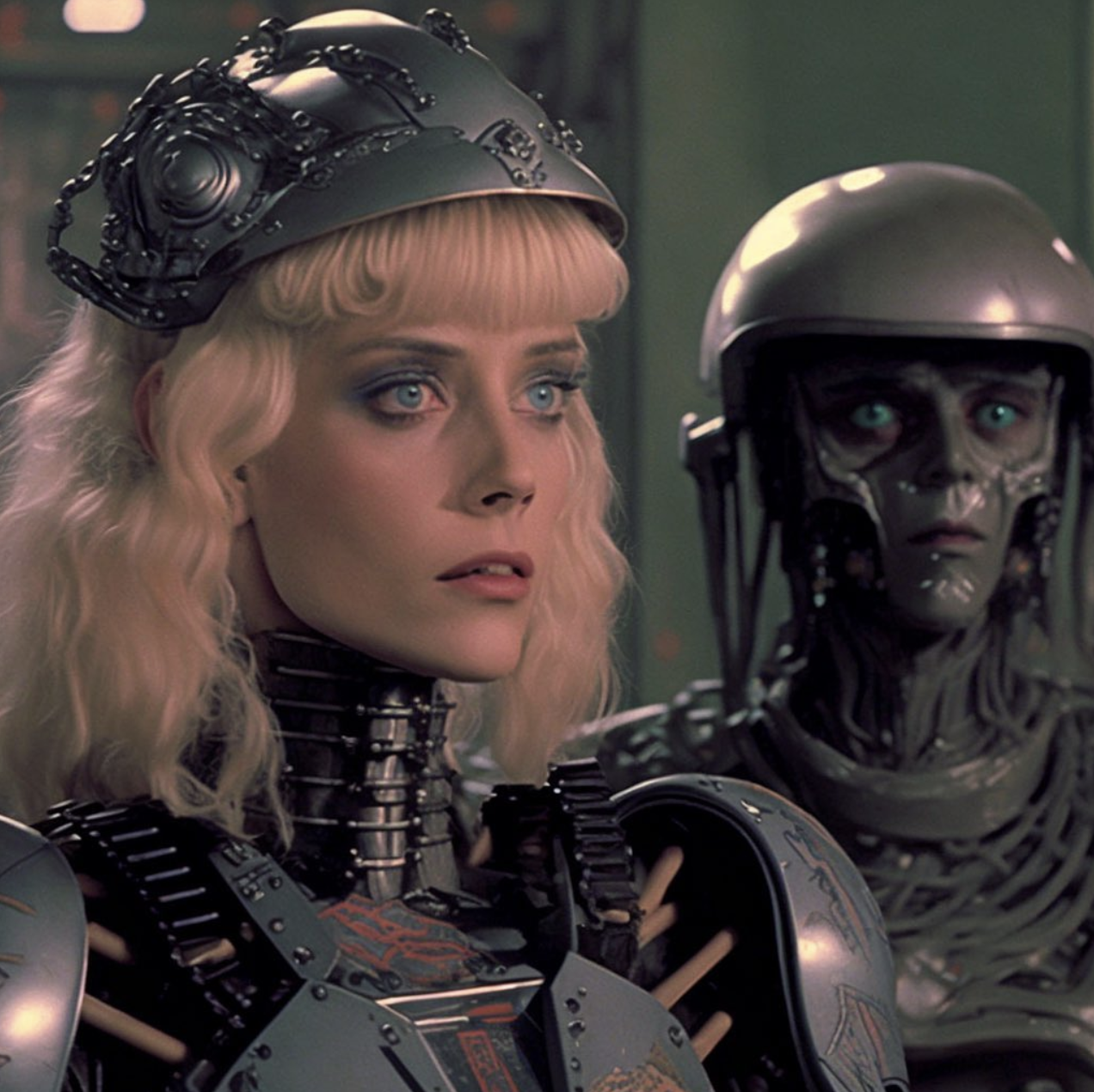
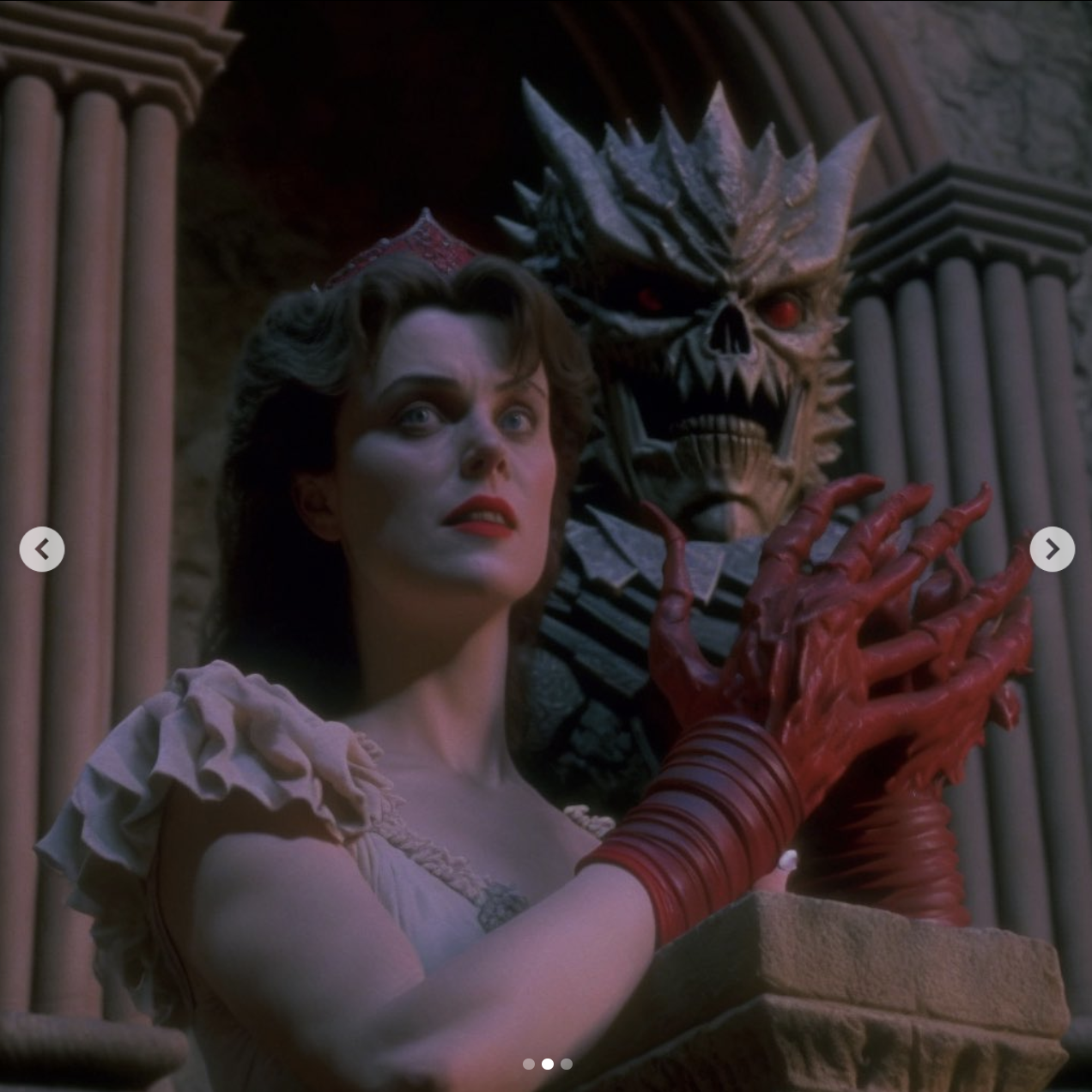
There have been two moments in my life so far that felt like reality was bleeding into science fiction. The first was when I got an iPod Touch in 2008 and used it to navigate a library’s stacks. The second was when I saw what Tim Molloy created with Midjourney below.
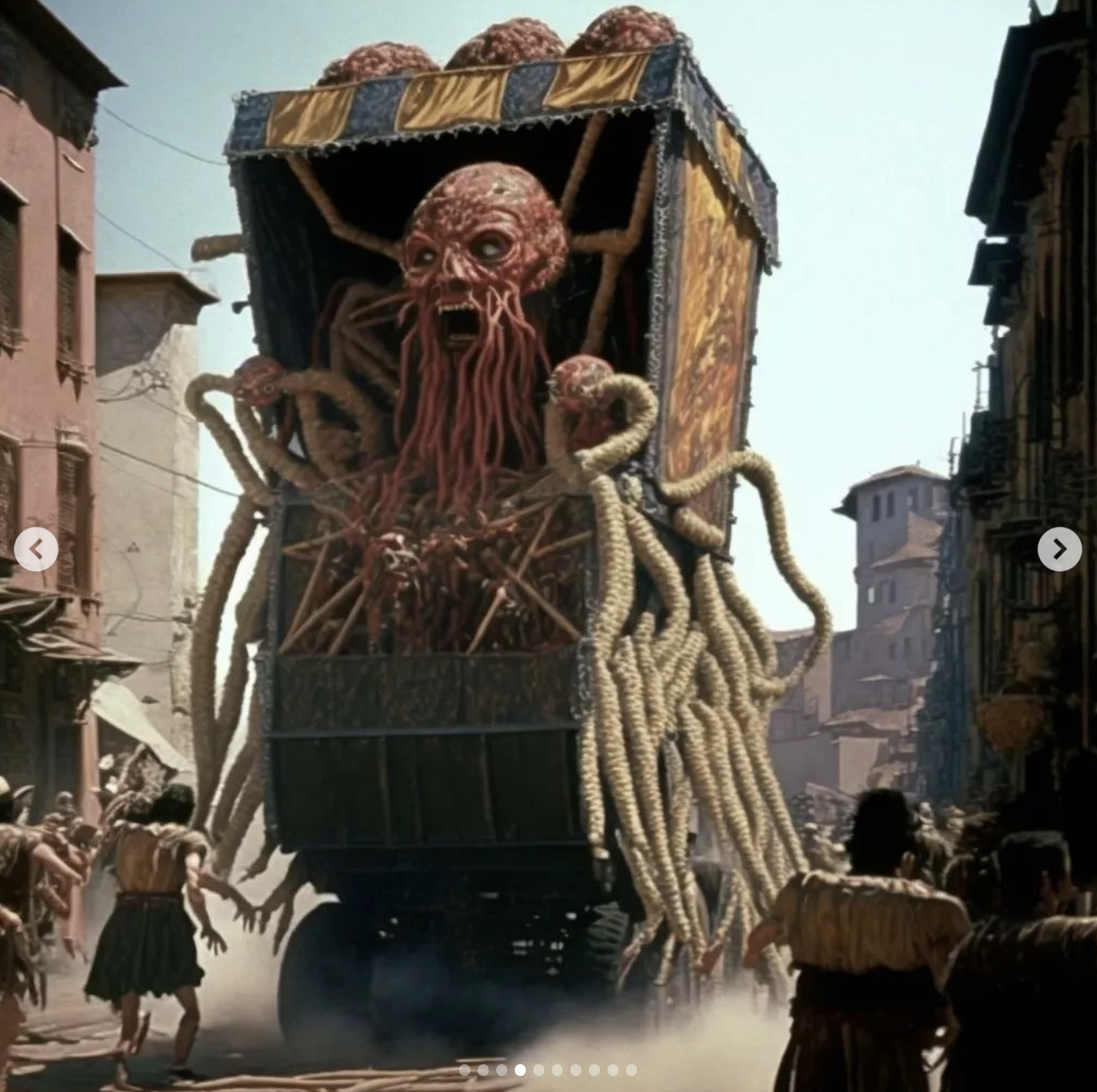
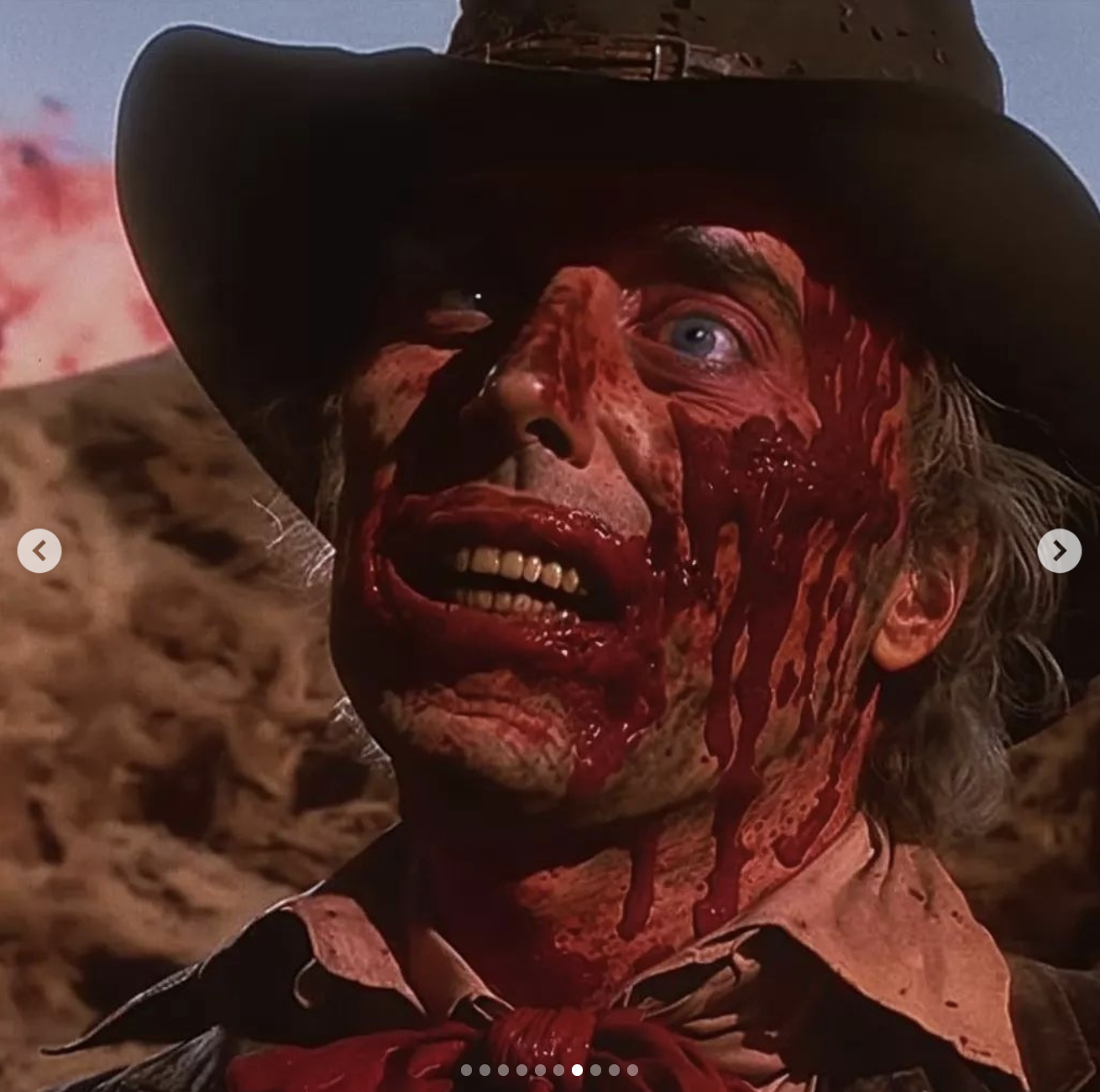
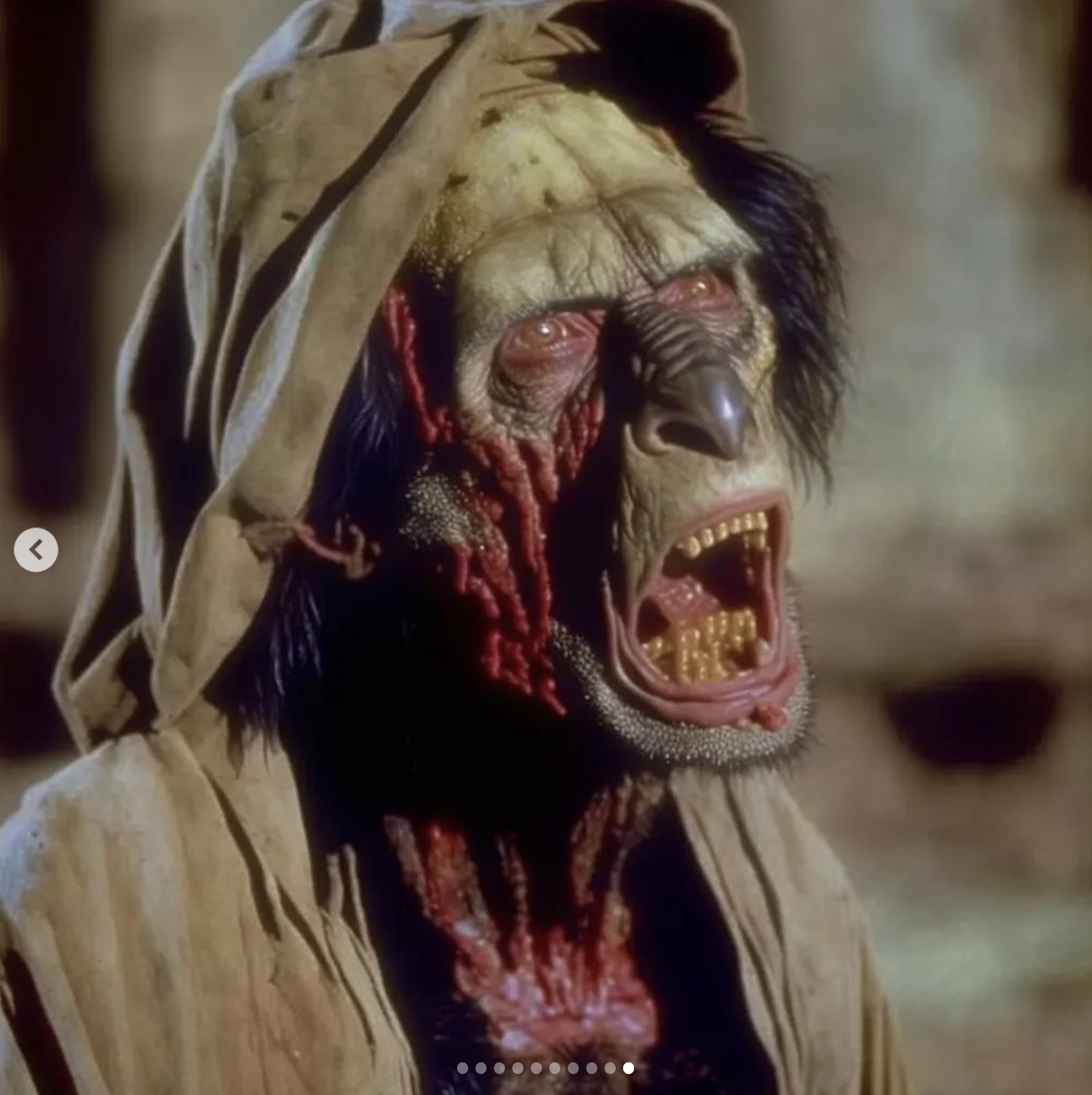
Molloy is an artist who has used his concept art to generate production stills from a television show that never happened, called “Legends of the Golden Child.” Each post depicts the plot of an episode from this show through several images in gallery mode. They’re photorealistic, but incorporate elements of western fantasy and the psychedelic to make something that looks real, dated and somehow built with practical effects instead of CGI.
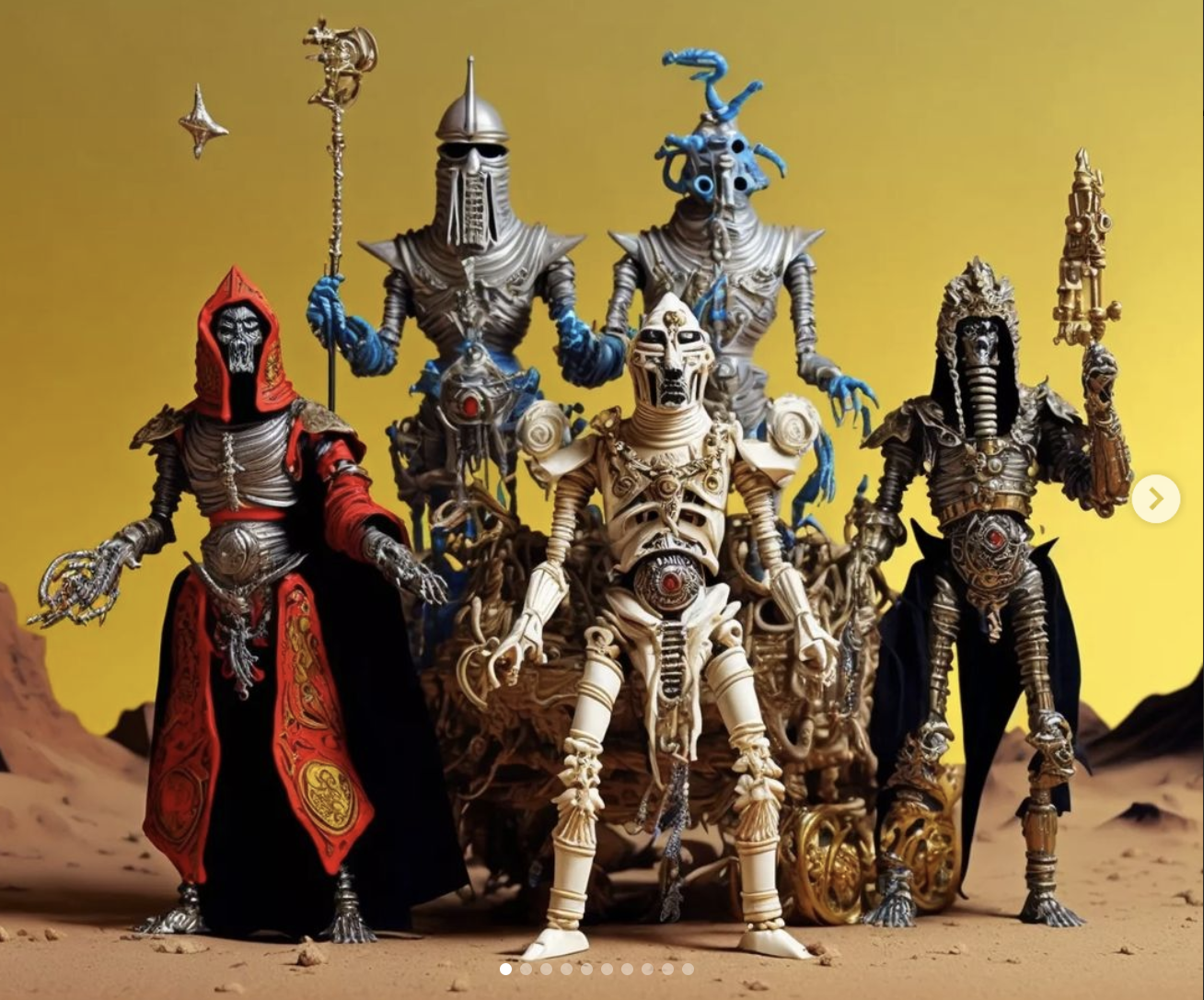
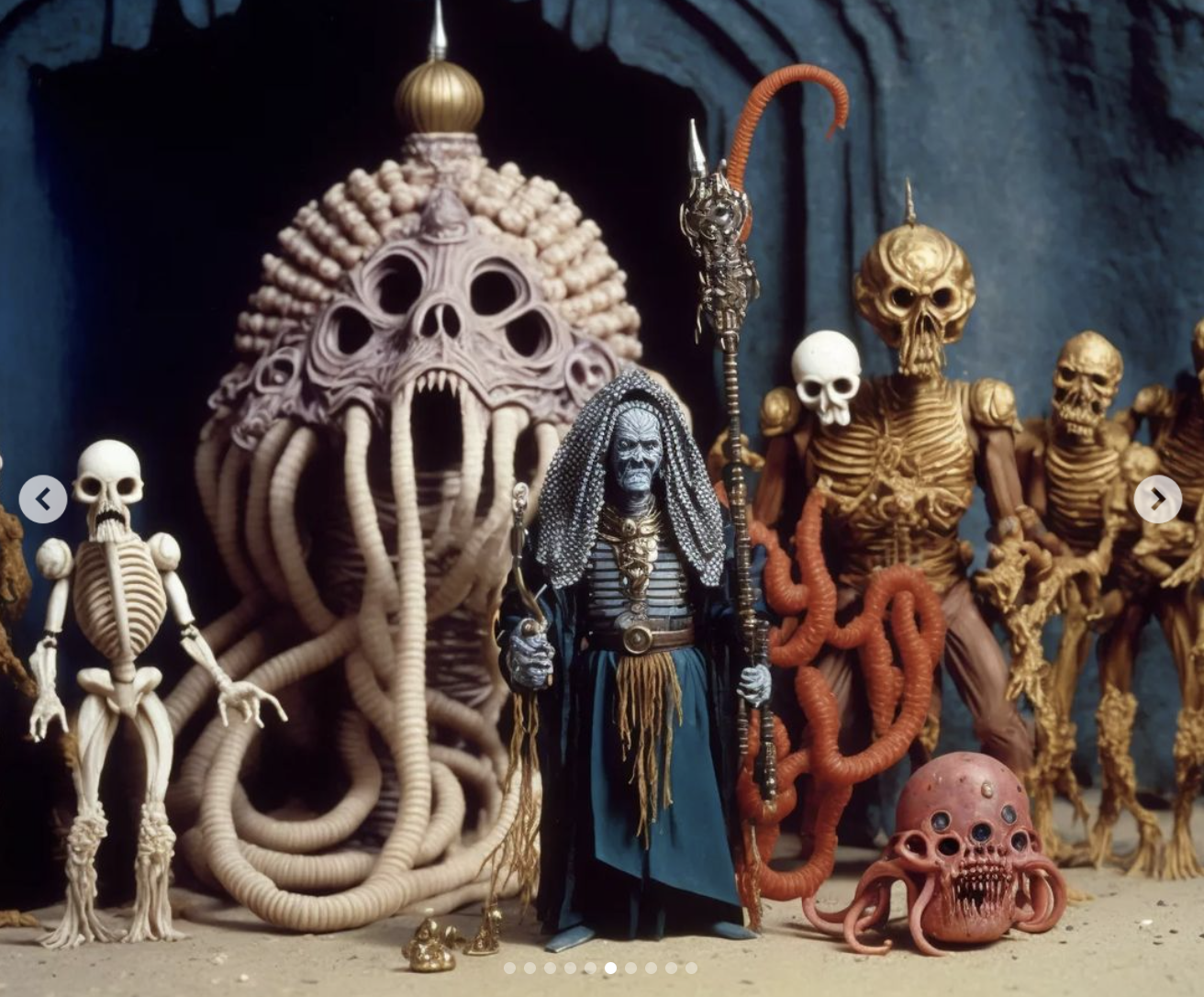
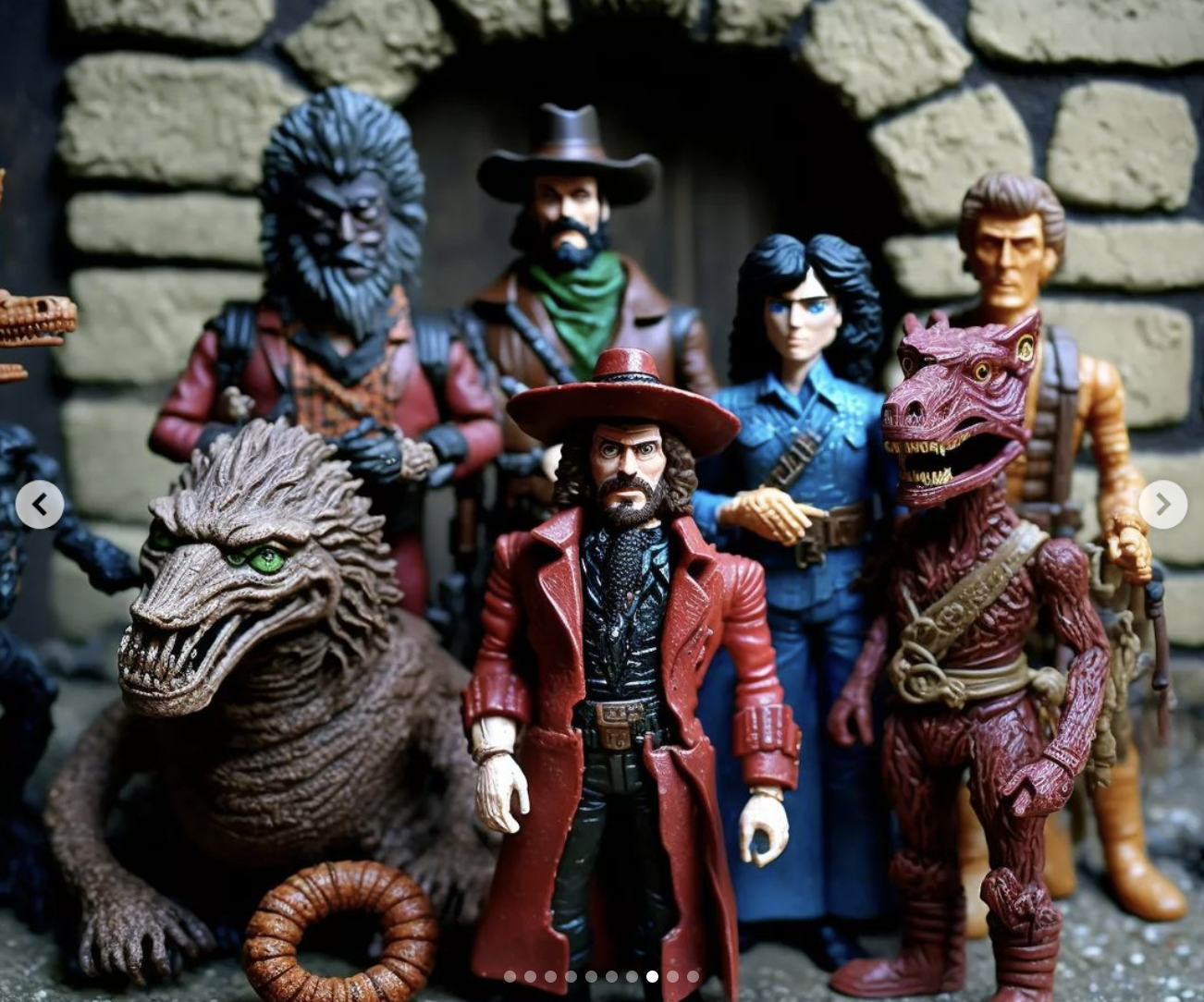
My jaw dropped at his recent post of imaginary licensed toy action figures based on the episodes for “Golden Child” he’s already shared. It looks as if something sprang to life out of some parallel dimension from my childhood. I’m not sure, but it seems as if Molloy is using his own drawings of these weird monsters and characters as an uploaded reference for Midjourney to render as faux photography. If that’s true, he’s already playing with the possibilities of inverting the intellectual property violations so many other artists are adamantly against.
Sean Aaberg is another artist — local to Portland — who also started playing with Midjourney to generate photos from what he calls the “Goblinko Mega Mall.” Aaberg’s already made a name for himself with his art for games like Dungeon Degenerates, but now he’s bringing an unrealized project of his to life with AI as his medium. His focus seems to be imagining a giant shopping mall in outer space, taking consumerist culture to a futurist conclusion.
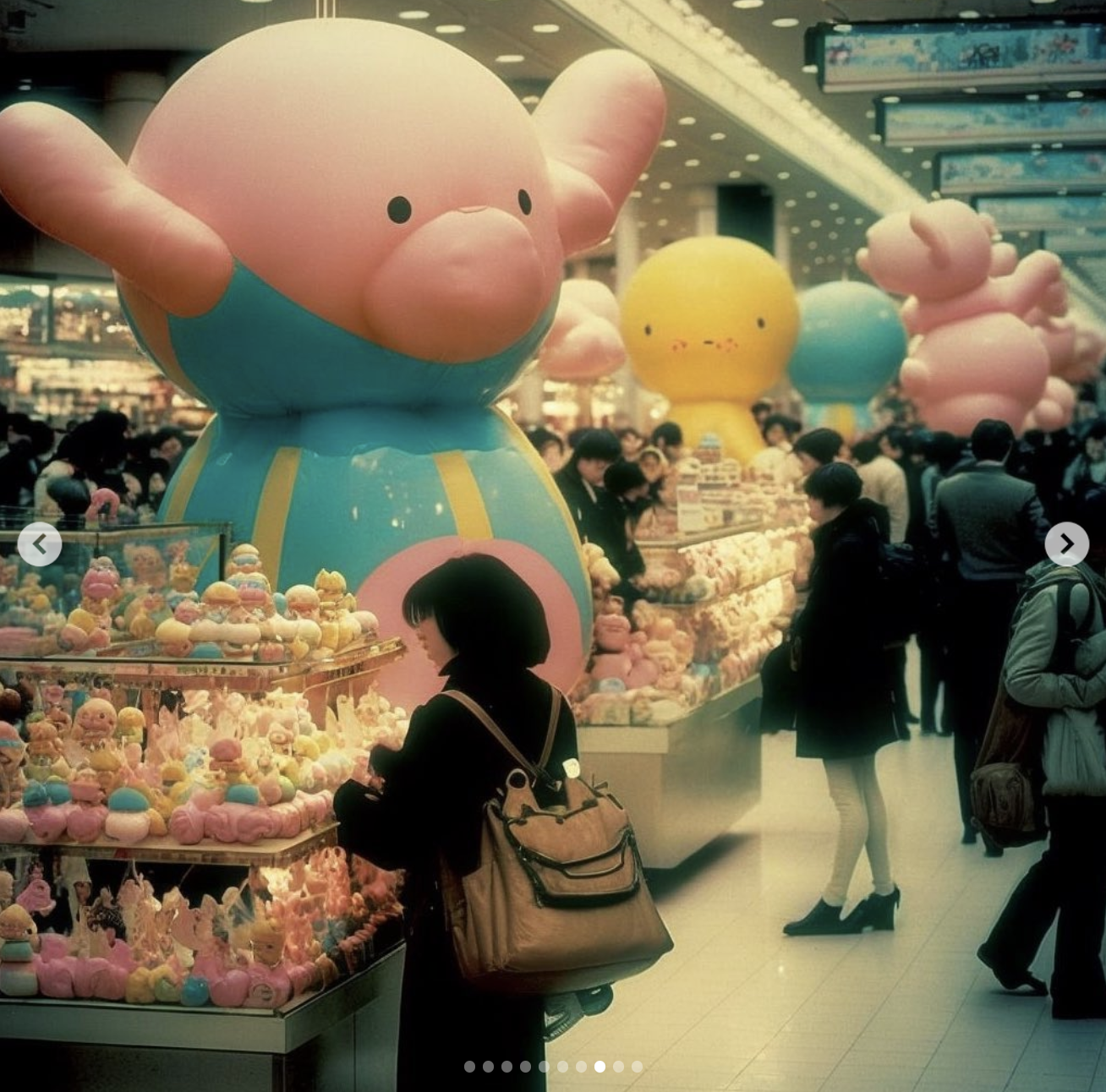
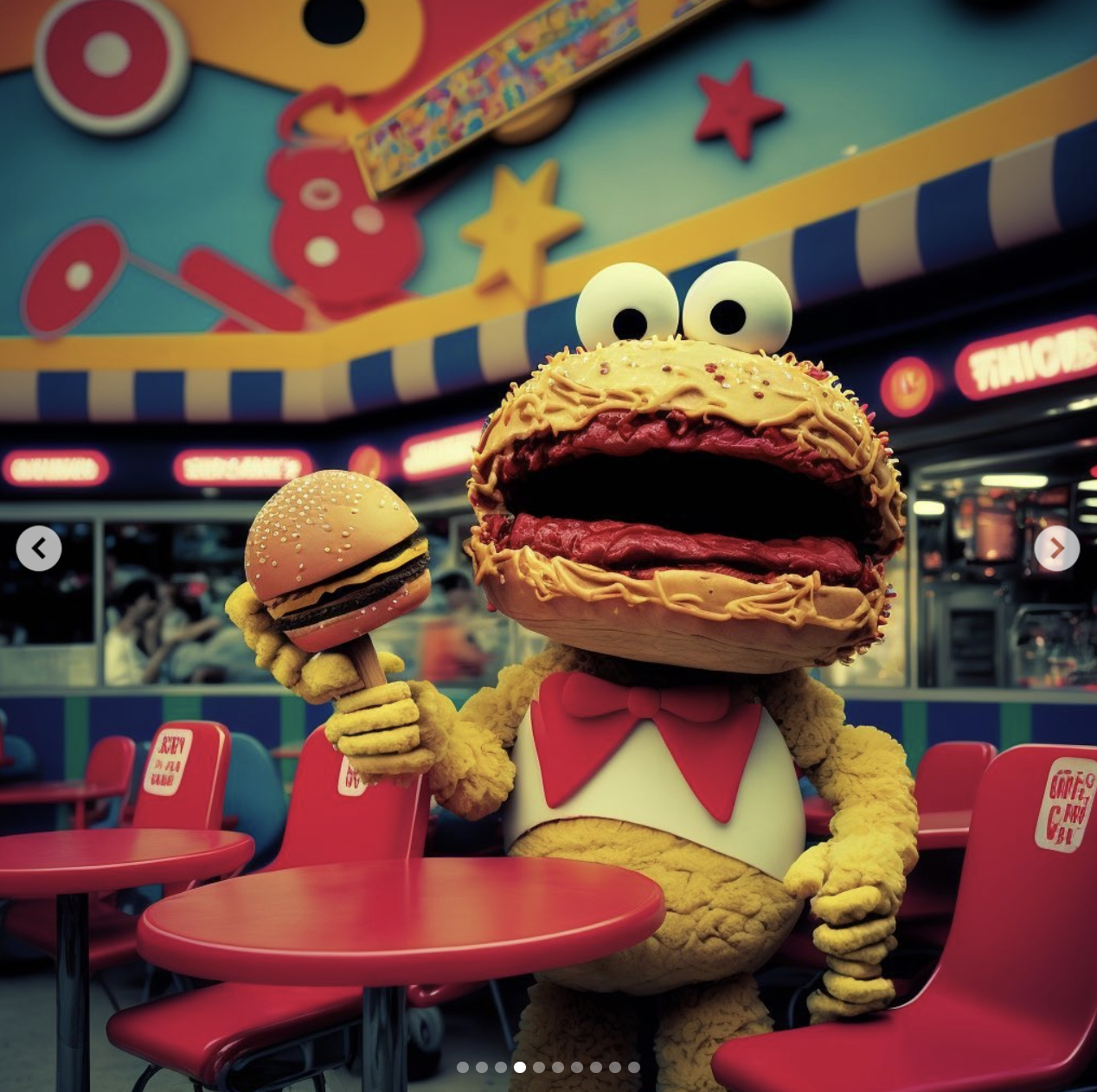

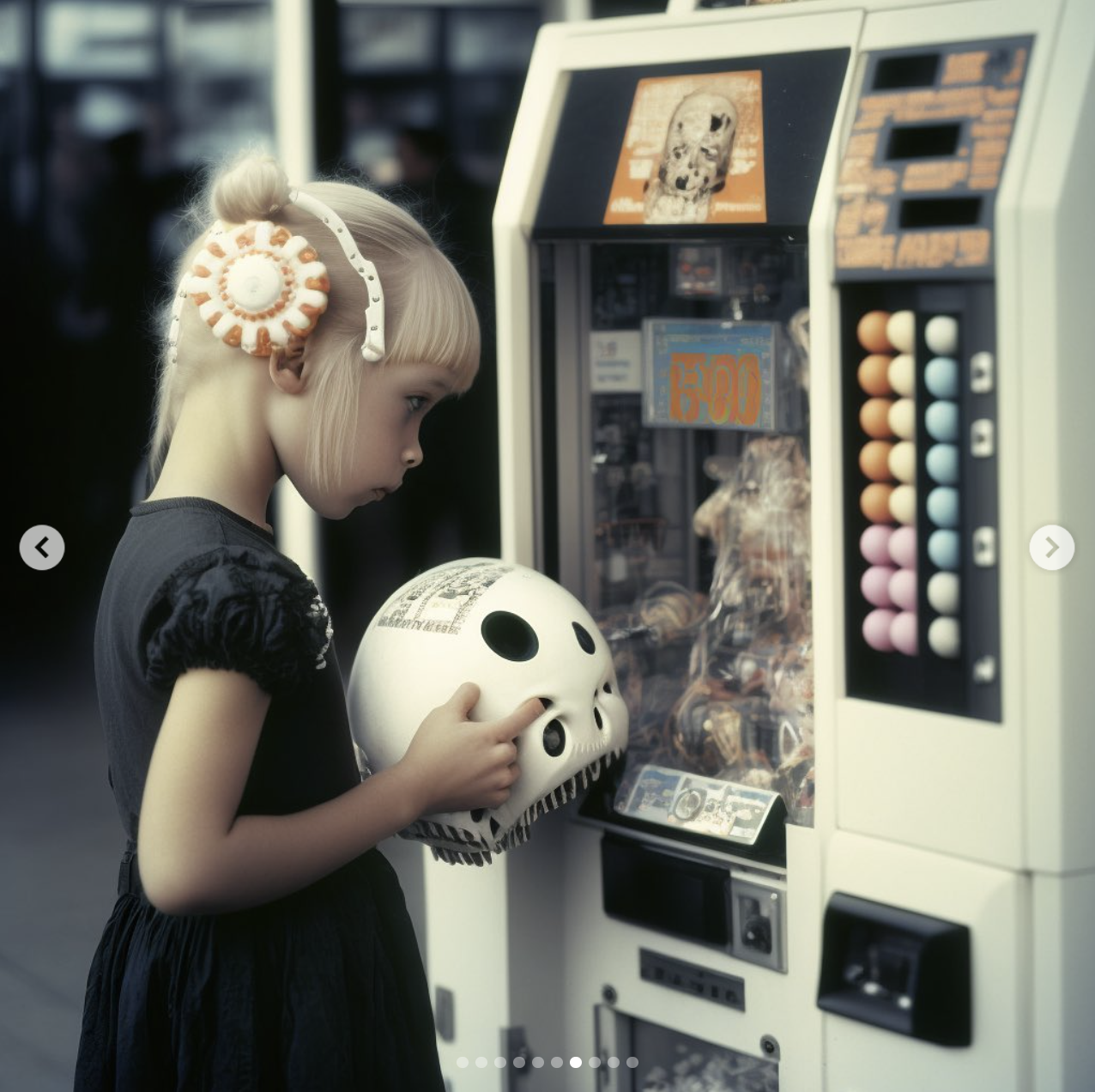
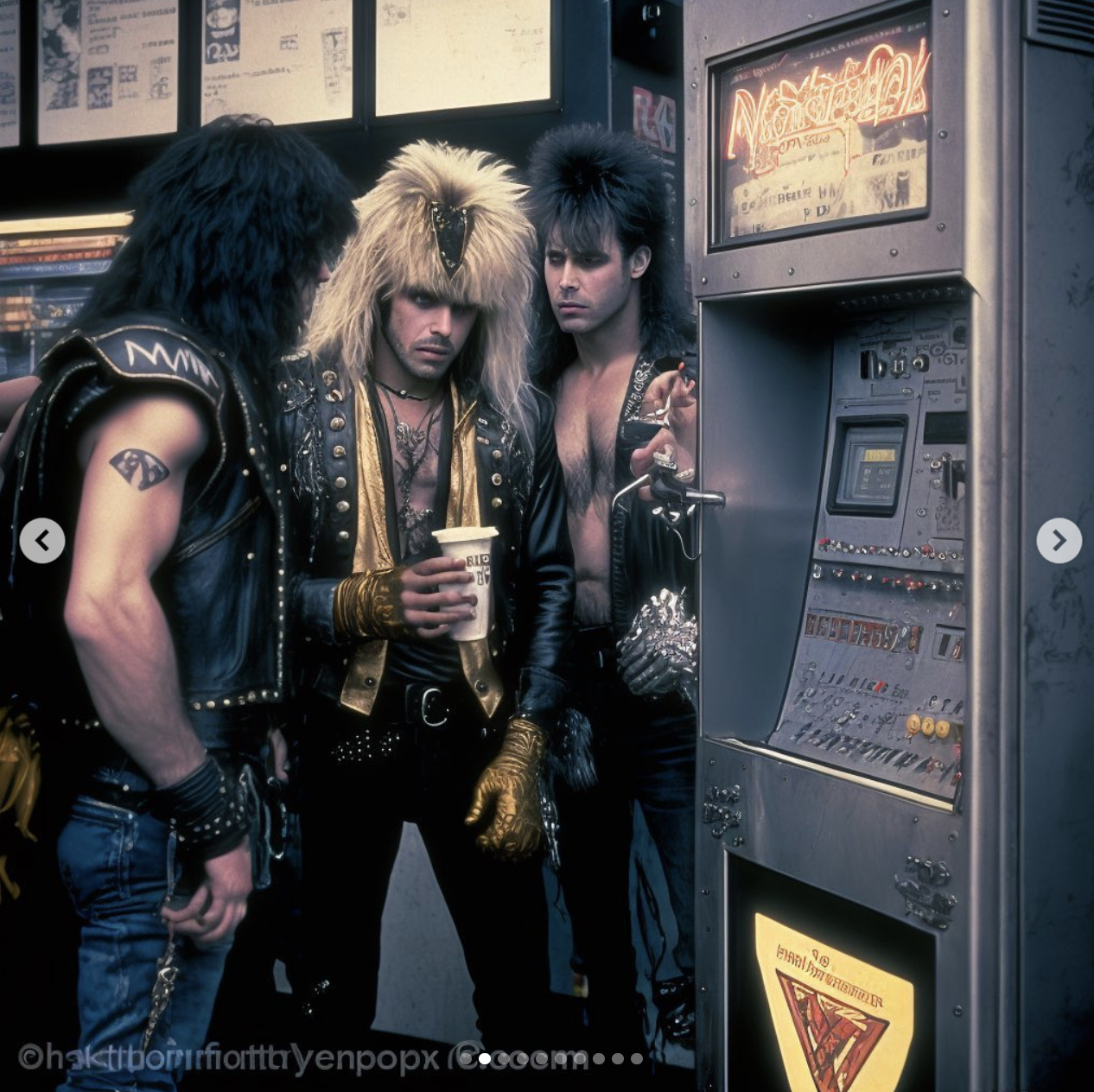
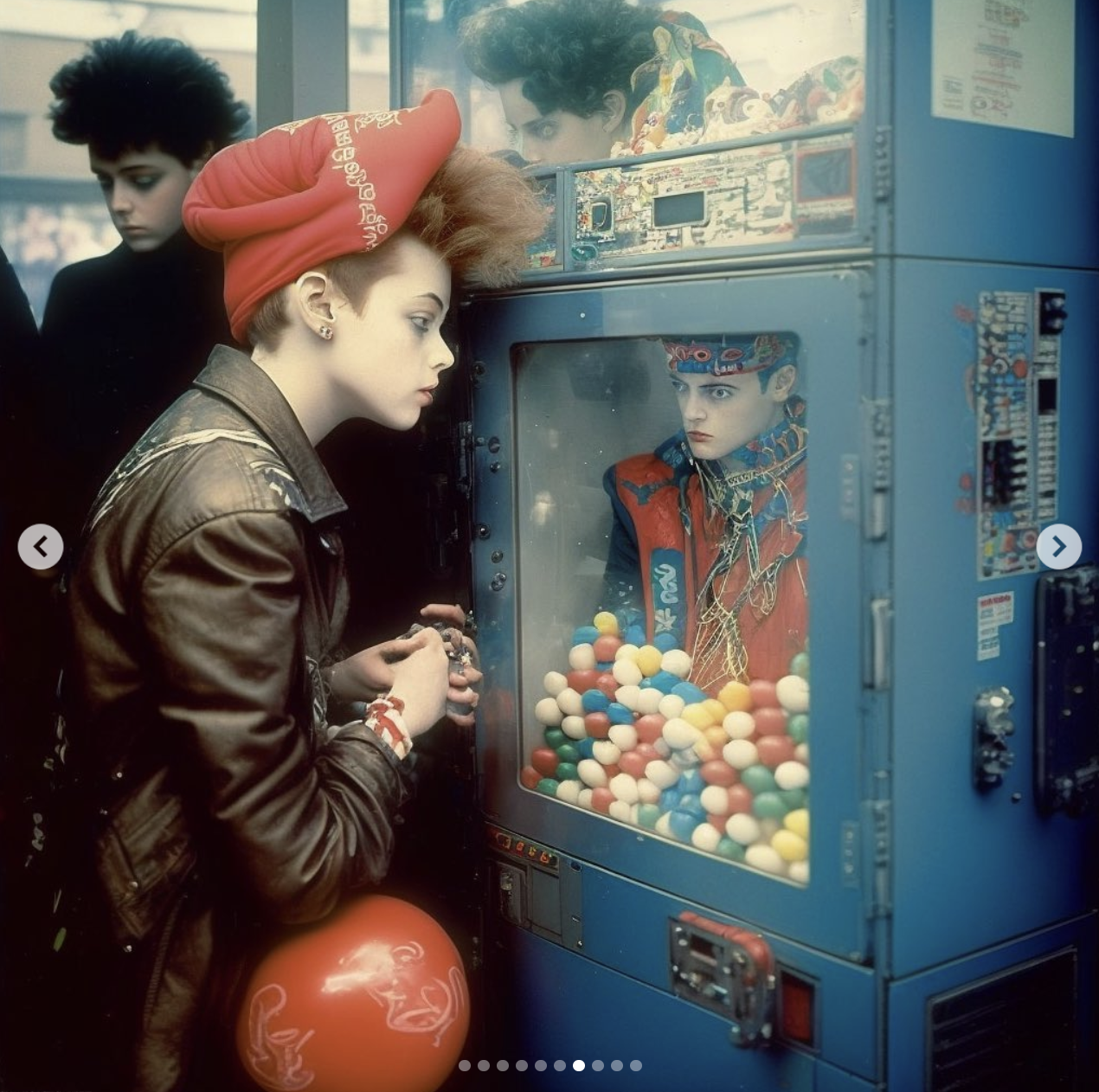
Aaberg especially fascinates me because he’s written an essay explaining why he chose to use AI art instead of pen and paper. He disagrees with the argument that it violates copyright by stealing art. But he also shares that since suffering a stroke, he hasn’t been able to draw well with his dominant hand. Midjourney allows him to finish what he’d been working on since before this debilitating health event. That alone is one of the most compelling cases I’ve heard for why there’s value in these platforms, despite the ethical challenges they present us with.
In his essay, Aaberg says:
“The bad (AI art) has been the same kind of derivative fluff plaguing the internet since its inception, the one chuckle takes on pop culture with a twist that says more about the state of people’s brains than the AI.”
This fluff he’s referring to sounds like what I’ve come to know at comic book conventions as “fan art.” While the general public probably can't tell the difference, comics artists tend to distinguish themselves from fan artists. The former prefer to be known as storytellers. The latter are commercial artists who sell reproductions of their interpretation of popular characters from pop culture. There’s definitely crossover between the two, as comics artists still take commissions and often make art prints from someone else’s intellectual property. But the fan artists are easily recognizable with their twelve-foot walls mounted behind their tables, depicting stuff like Catwoman drinking milk out of a bowl on the floor or Harley Quinn playing strip poker.
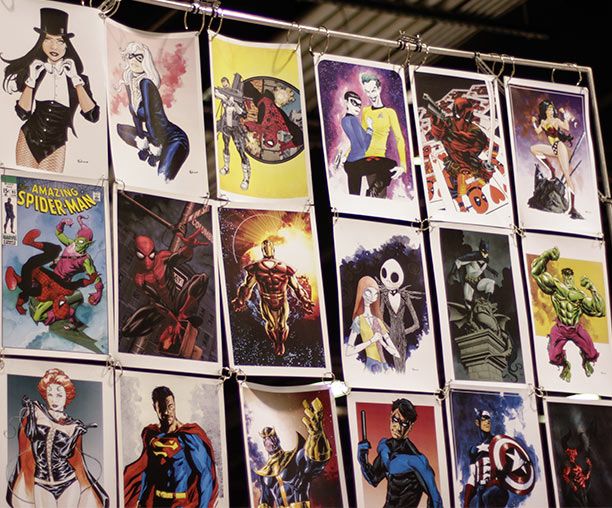
Just like the AI, fan artists tend to sexualize and and anglicize their subjects, while often emulating the style of another, more famous artist. I’ve done enough conventions that I’ve sat next to guys who offer “nude variants” of their prints for a steeper price. If this sounds like just a hobby, it’s not. Fan artists make their living traveling from town to town, selling these titillating reproductions for a good chunk of change. One guy I sat next to had a multi-city enterprise, with his father running a table for him on the east coast while he sold prints simultaneously on the west coast.
Is fan art hacky? Sure.
But it’s not that far removed from what most AI art applications are being used for. So it’s a slippery slope for artists who take fan art commissions to argue that AI is doing anything different from their own business model. For years there’s been anxiety among these artists about walking the tightrope of intellectual property. Because at any moment, Disney or Warner Brothers could come swooping down with cease and desist orders. Adron Buske summarizes this fairly well and says:
"The safest way to handle this is pretty obvious – don’t draw, print or sell anything with characters you don’t own. Easy, right? Except the demand in Artist Alley is predominately for those very products. You would undeniably be losing money and potential fans, while the less scrupulous artists collect the dollars. The moral and legal high ground gets less attractive when it erodes your bottom line."
This isn’t too far removed from the recent kerfuffle from when Wizards of the Coast tried to restrict their Open Gaming License. There are entire cottage industries of art and merchandise surrounding popular culture’s biggest properties. It’s a logical outcome of late stage capitalism that the owners of those properties will attempt to reign in control so they can put more coins in their pockets.
Sticking with Marxist critique, there are probably dozens of graduate students already hard at work on dissertations applying Walter Benjamin’s “The Work of Art in the Age of Mechanical Reproduction” to the surge of AI art. If mechanical reproduction devalues the uniqueness of an object of art, surely artificial intelligence cheapens it even further.
Benjamin equated “aura” with the authenticity and locale of art, its contextual presence in time and space. That would make AI art devoid of quality, since it exists nowhere.
And its very development seems to to prove Benjamin’s prediction that the end result of mechanical reproduction is the exploitation of the artist. Artificially intelligent art is all exhibition, no ceremony. To Benjamin it would border on the profane.
I’m not alone in my puzzling over what artificially generated art means for our world. There have been dozens of think pieces in the last few weeks, trying to reconcile our culture with this technology. The writers I follow are understandably more interested in the repercussions of ChatGPT. Nick Cave feels pretty much the same way I think Benjamin would. He compares it to hell and calls it “a grotesque mockery of what it is to be human.”
Leah Sottile however doesn’t think that ChatGPT is comparable to an apocalypse, specifically the one in Terminator 2 where Sarah Connor gets vaporized by Skynet’s nuclear weapons. Sottile asks some compelling questions though, that I don’t think any of us have answers for yet:
Do we really want machines to think for us?
How much more of our brain power are we willing to give away?
Why is it that we don’t want to think?
Is it that we are saving our energy for some other use, or is it that we are so tired that we don’t even want to use our brains anymore?
And why is it that we keep trying to give parts of ourselves away?
And not directly related to artificial intelligence, but along the same path, David Marchese wrote about the deceptive myth that our digital tools make us better. But the truth is that they don’t boost our productivity. They don’t make us more efficient. And they don’t make it any easier to connect with people, either at work or socially. Marchese argues that we’re barely 30 years into applying computer technology to our everyday civilization. It will take much longer for humans to figure out how to use these tools right.
If we still don’t know how to make the best of a word processor, then we’re decades away from understanding how we should handle artificially created art. Should it be regulated? It certainly seems so. Should it be banned? It might be too late to put that genie back in the bottle.
Belonging
After a bleak couple of winter months with no live music I went to two shows in the last week. My therapist says that experiencing music live has a cleansing effect, that washes the toxicity of the world off of you.
I caught Sunn 0))) for my second time. Having some experience with them already under my belt I found a seat in the highest part of the balcony and let my head rest against the venue’s back wall. Sunn produced their usual wall of noise, completely enveloping the space in lights, smoke and “the physical power of sound.” Every molecule in your body vibrates when they play, but I also let the tremors of the building shake through me for the sonic bath I needed.
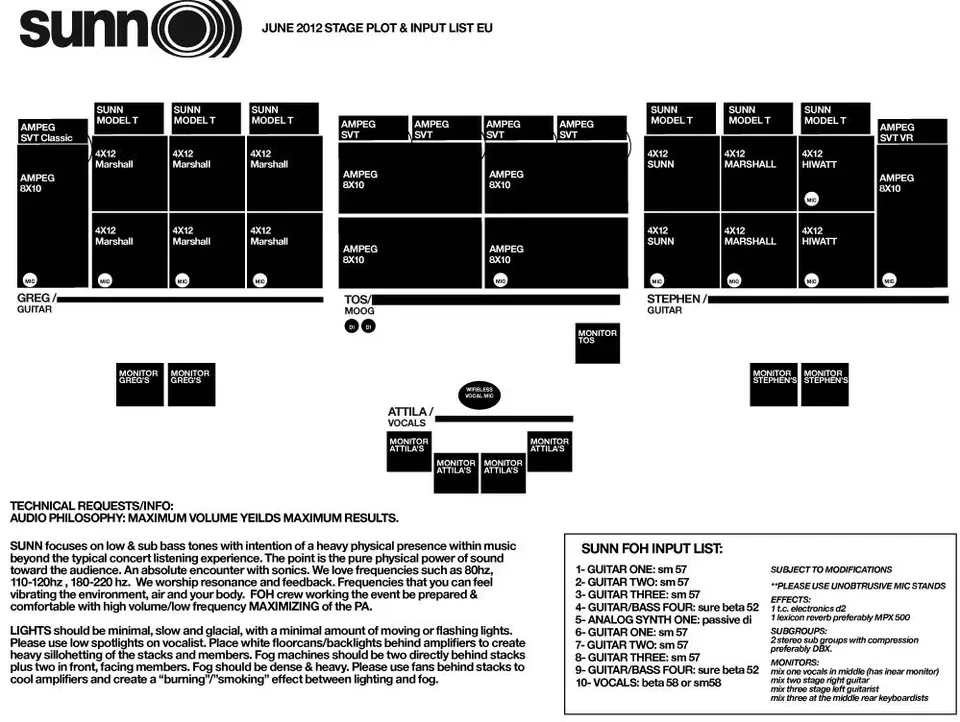
As a pleasant surprise, Joe Preston and Daniel Menche opened, performing a version of their drone and noise chanting collaboration. I’m obsessed with Preston’s work, but have only heard Menche in passing before. So this was a nice exposure to a textural project that hit exactly what I’ve been looking for lately. I’m on my fourth iteration of an instrumental playlist for the book I’m writing and Preston and Menche’s partnership sounds like the score to the film adaptation of the story I have in my head.
And after writing thousands of words last issue about Unwound and my affection for them, they announced a last-minute “warm up” show in Astoria, Oregon. I drove out, listening to the recent Black Metal Rainbows compilation all the way down Route 30. Their first show in over 20 years was in an old ballroom converted into a yoga studio. Around 200 people showed up for two sets. Most of us were in our forties or fifties, but it was cool to see some younger folks as well, including a couple of little kids. I’m still processing the experience, but there was a point when I looked around the crowd as we were bombarded by Unwound’s set and wondered if this was what the afterlife might be like. Just a genuinely warm and positive aura to the entire night.
I was thrilled to pick up a copy of the new book about the band’s history. Unfortunately, the sea lions weren’t at the docks the following morning, but I did hear them barking from my hotel room that night.
Esteem
According to Listen Notes, the number of new podcasts fell by nearly 80% between 2020 and 2022. That means we ended Supercontext at the peak of the podcasting glut. Now the inevitable fall is happening. There’s only so long C-list celebrities can keep up the consistent pace required for building a genuine audience.
This makes me feel even more proud of the work we put into that show and the audience we cultivated. It was a lot of work, but we did it consistently every week for four years and no paycheck.
Self-Fulfillment
Making good progress on the book. I just started a chapter where one sibling physically beats up her younger brother and used David W. Page's Body Trauma: A Writer’s Guide to Wounds and Injuries for reference on how blunt trauma injuries would affect a child's body. This has likely landed me on some kind of digital watch list, but it's for the greater good.
Resilient Gratitude
- Bram Stoker Awards Preliminary Ballot review copies
- My closest friends being there when I need them
- Live music
